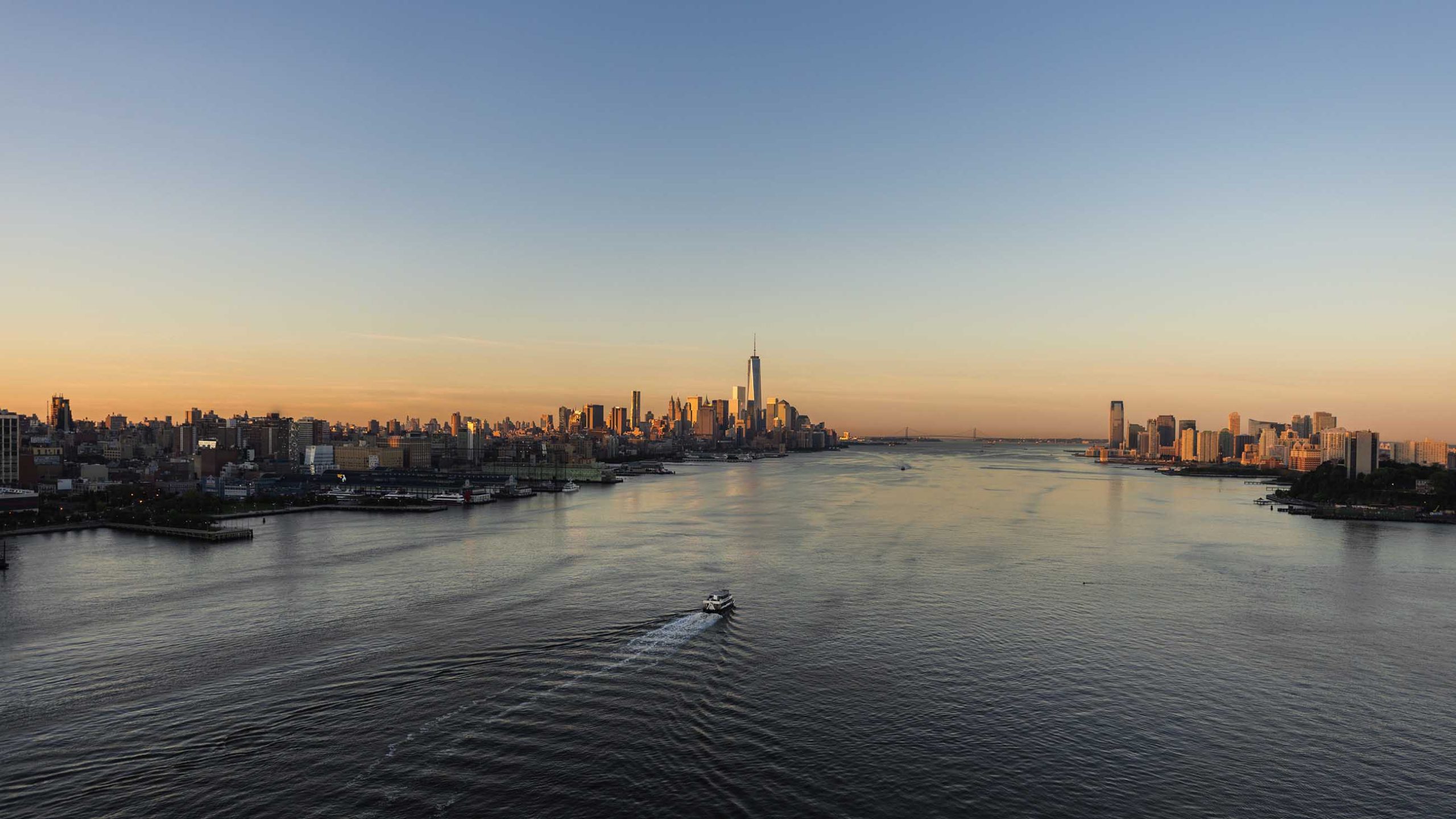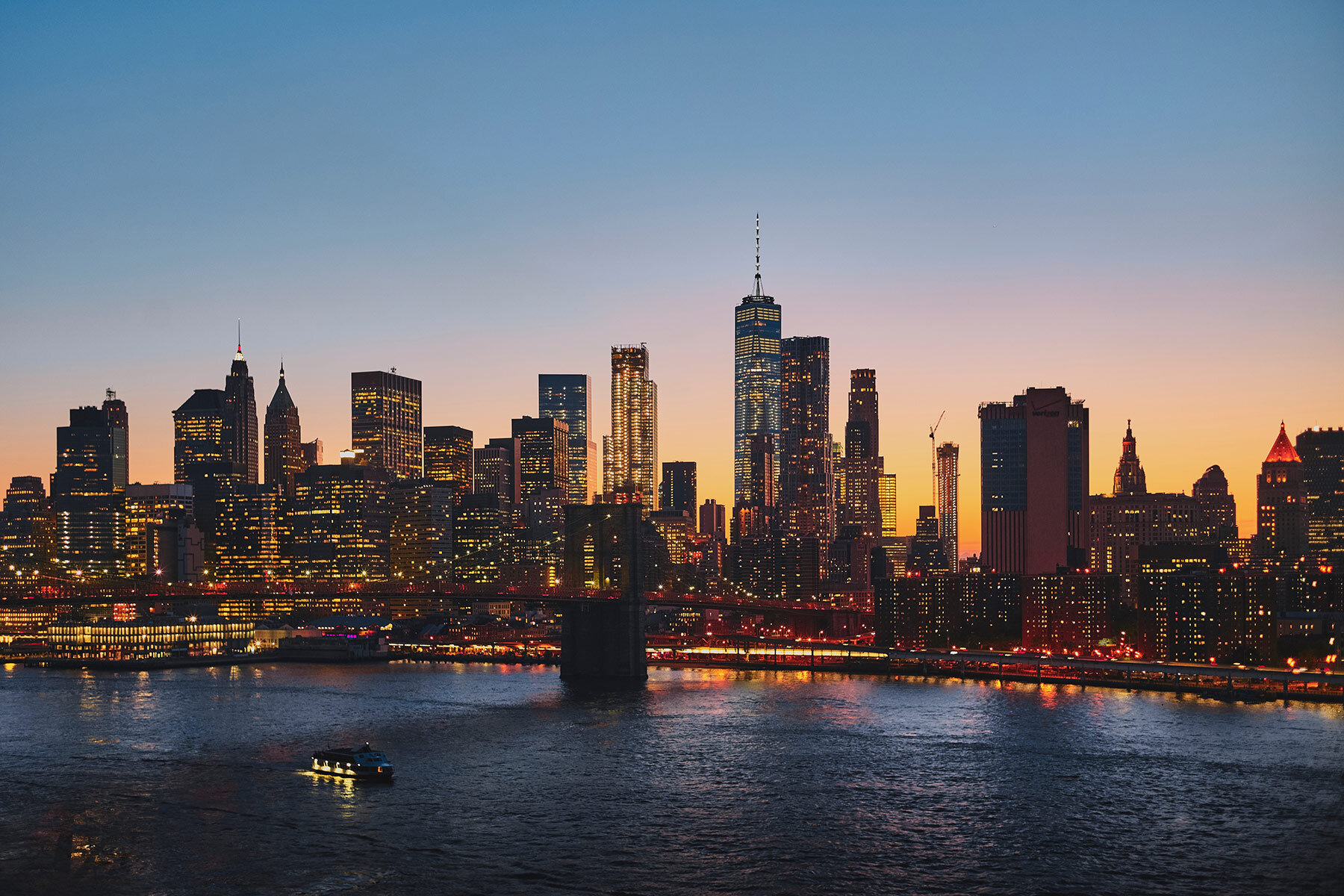Hudson River

The Hudson River, a timeless witness to history, holds a unique and profound cultural significance. This blog post delves into the depths of why the Hudson is culturally important, weaving a narrative that connects the past, present, and future along its majestic shores.
Introduction: A River of Heritage and Legacy
As the Hudson River gracefully winds its way through the northeastern United States, it carries with it the echoes of centuries gone by. It originated in the Adirondack Mountains of upstate New York. Before we unravel the cultural importance of this iconic river, let’s set the stage for our journey through time and tradition along the Hudson.
The Indigenous Roots: Foundations of Culture
Lenape and Mahican Tribes:
The Hudson River Valley was home to the Lenape and Mahican Native American tribes, whose rich cultures and traditions shaped the early landscape. Explore how the river served as a vital source of sustenance and a spiritual touchstone for these indigenous communities.
Colonial Era: An Era of Exploration and Exchange
Dutch and English Influence:
The arrival of Dutch and English settlers in the 17th century brought new layers of culture to the Hudson. Dive into the impact of European exploration on the region’s cultural landscape, from architecture to agriculture.
River Towns and Trade Hubs:
Discover the rise of vibrant river towns and trade hubs, such as Albany and Kingston, where diverse cultural influences converged, giving birth to a unique blend of traditions that continue to resonate today.
The Revolutionary Tapestry: Hudson in the American Revolution
Battles and Strategies:
The Hudson River played a pivotal role in the American Revolution, witnessing crucial battles and strategic maneuvers. Explore how the river’s geography and strategic importance shaped the cultural identity of the emerging nation.

Historical Landmarks:
Visit historical landmarks like West Point and Washington’s Headquarters, which stand as testaments to the cultural legacy forged during the Revolutionary era along the Hudson.
The Hudson River School: Artistic Expression in Nature
Artistic Renaissance:
The mid-19th century saw the emergence of the Hudson School, a group of landscape painters whose work celebrated the river’s natural beauty. Delve into the artistic legacy of luminaries like Thomas Cole and Frederic Edwin Church.
Preserving Nature’s Beauty:
Understand how the Hudson River School not only captured the scenic wonders of the region but also played a crucial role in the early conservation movement, influencing cultural attitudes towards nature.
Industrialization and Immigration: Shaping Urban Culture
Economic Transformation:
The Hudson River’s role in industrialization transformed the landscape and brought waves of immigration. Explore how the growth of cities like Yonkers and Poughkeepsie contributed to the rich tapestry of cultural diversity along the river.
Immigrant Stories:
Hear the stories of immigrants who arrived at the bustling ports of New York City and traversed the river to build new lives, contributing their cultural traditions to the evolving identity of the Hudson region.
Modern Cultural Landscape: A Tapestry of Diversity
Arts and Entertainment:
Discover how the Hudson continues to inspire artists, musicians, and writers today, contributing to a vibrant cultural scene. Explore galleries, theaters, and festivals that celebrate the region’s artistic spirit.
Environmental Advocacy:
Understand the contemporary cultural importance of the Hudson through environmental advocacy efforts. Organizations dedicated to preserving and protecting the river contribute to a cultural narrative rooted in sustainability.
Conclusion: A Living Cultural Heritage
As we conclude our exploration of why the Hudson River is culturally important, we recognize that its significance is not confined to history books; it lives and breathes in the traditions, stories, and artistic expressions that continue to unfold along its shores. The Hudson is not merely a geographical feature; it is a living cultural heritage, connecting generations and embracing the diversity that defines the American experience.
Know More about Hudson River.
What are The Religious Places of Hudson River?
When Did The Hudson River Basin Become a Focus?
Where is The Hudson River Located?
Who Were The Key Historical Figures and Civilizations of The Hudson River?
How to Reach Hudson River?




